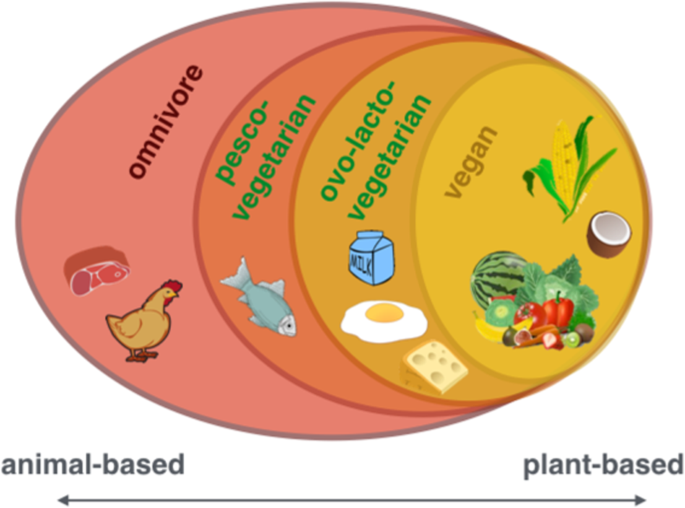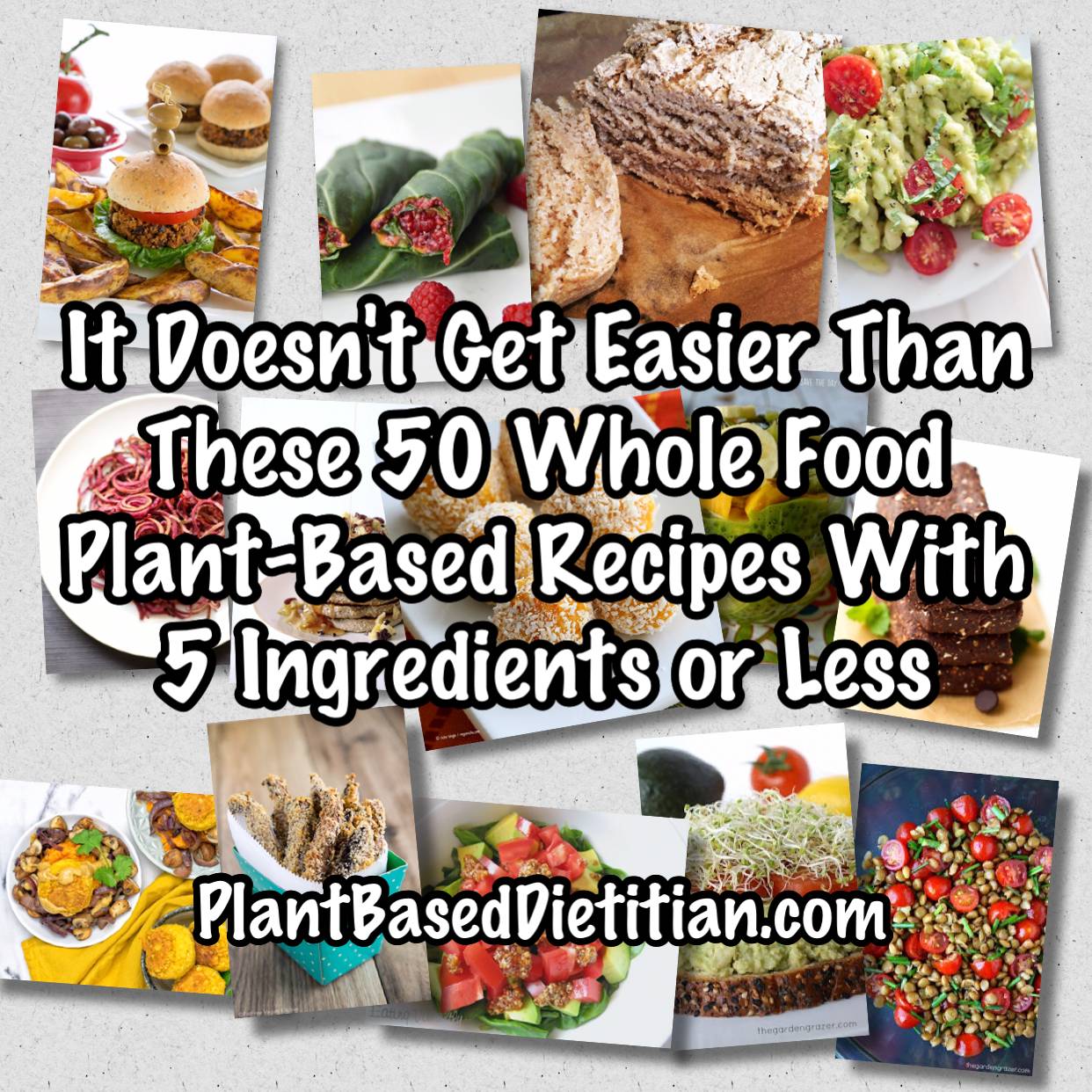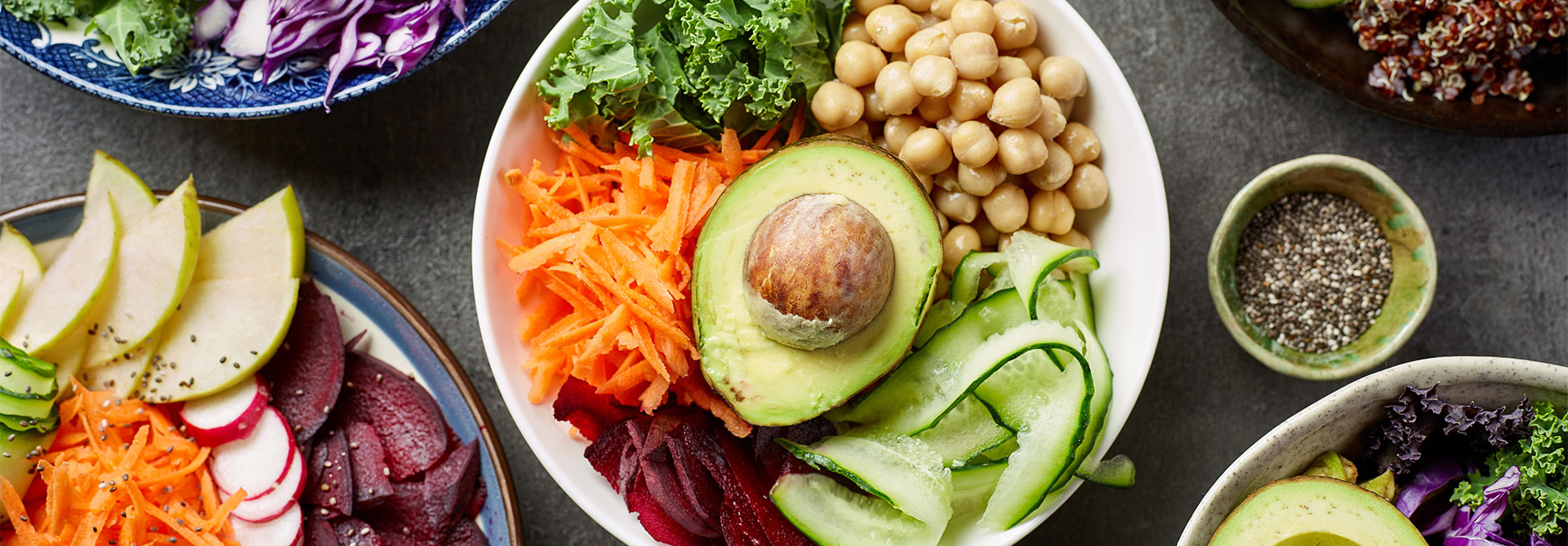
It's possible to eat a healthy diet, without the use of animal products, and still get all the nutrients you need. It is possible to switch to a vegetarian diet, but there are some important things to remember. For example, you will need to replace some nutrients from other sources, such as calcium, which can be found in dairy products, vitamin B12, and vitamin D, which are almost exclusively found in animal products. These nutrients can be replaced with plant-based foods and nutrient supplements. A dietitian can help you choose the right foods to replace these nutrients.
They lower the risk of 15 major causes of death
The world's largest killer, cardiovascular disease (CHD), kills 17.9 million people each year. A number of studies have shown that vegetarian and vegan diets reduce the risk of this disease. Researchers have found that vegans and vegetarians reduce the risk of CHD by about 20%. They had 10 less cases of CHD per 1000 people than meat-eaters. Multiple studies done by the Pan-European EPIC Cohort showed that there was a reduction of CVD risk among meat-eaters.
A new study published in Nature Communications revealed that vegans have a 20% reduced risk of developing an ischemic strike. The study involved 15,000 patients who had suffered a hemorhagic stroke or a stroke resulting from a blockage of blood flow to their brains. These promising results need to be confirmed by further studies.

They are environmentally friendly
Studies have shown that veganism can be more sustainable than eating animal products. Consuming meat is associated with higher greenhouse gas emissions and deforestation. For the production of beef, chicken, or other livestock, land is used that could otherwise be used to grow fruit and vegetables. Our planet is being destroyed by the livestock industry, which drains the soil of its nutrients. This causes habitat loss and deforestation.
It's not surprising that vegans are on the rise by 160 per cent in the last decade. Consider where and how your food was grown when you are considering what meals to choose. Although most meat comes from far away, vegan food can be grown in many areas. Mangoes, for example, and pomegranates are both from India. Lentils and beans can be purchased from Canada and Brazil. It is more sustainable to buy avocados and goji berries from local farms than import them.
It's easy to move to them
These are some easy things to do if you're considering switching to a vegetarian diet. Pay attention to ingredient labels and only buy products made from natural ingredients. Pay attention to ingredients such as carmine, red 4 and confectioner’s glazing, as they are all made from animal products. Some companies will even mark their products as vegan at the beginning of the ingredients list.
It is important that you start slowly. You don't have to try and make every meal perfect. Transitioning to a vegan diet can be easy if you approach it day by day, meal by meal. To make it easier, try not to feel overwhelmed and stick to one meal per week for a few weeks until you get used to your new lifestyle.

They encourage humane treatment for animals
It is possible to be a vegan and promote humane treatment. Refusing to purchase animal products will help reduce their demand. This helps to reduce the number of animals raised and killed in farms or factories. More than one billion animals are raised each year in the UK for food. These animals are often raised in factory-farms and many are killed within a few weeks.
Veganism is founded on the belief that animal use for human purposes is cruelly and unjust. Therefore, anyone who has a conscience about it should abstain from using them. Therefore, a vegan resolves to stop eating, wearing, or using animal products. Additionally, vegans object to violence against animals and are conscientious.
FAQ
What should I be eating?
You should eat lots of vegetables and fruits. They provide vitamins and minerals to keep your immune systems strong. Additionally, vegetables and fruits are high fiber. This helps to fill up and aids in digestion. At least five servings of fruits and vegetables should be consumed each day.
Make sure you drink plenty of water too. Water flushes toxins out of the body and helps to feel full between meals. Drink about eight glasses each day.
Whole grains are better than refined grains. Whole grains have all the nutrients they need, including B vitamins. Refined grains lack some nutrition.
Sugary drinks should be avoided. Sugary drinks are loaded with empty calories and contribute to obesity. Instead, drink water, milk, or unsweetened Tea.
Avoid fast food. Fast food has little nutritional value. Although it may taste delicious, fast food won't provide you with the energy you need for your daily activities. Instead, stick to healthier options like soups and sandwiches, pasta, and salads.
Limit alcohol consumption. Avoid alcohol as it can cause empty calories and poor nutrition. Limit your consumption to no more then two alcoholic beverages per week.
Reduce the consumption of red meat. Red meats can be high in cholesterol and saturated fat. Instead, choose lean cuts of beef and pork, lamb, chicken or fish.
How does an anti-biotic work?
Antibiotics kill harmful bacteria. Antibiotics are used for treating bacterial infections. There are many different types of antibiotics. Some can be taken orally, others are injected and some are applied topically.
Antibiotics are often prescribed to people who have been exposed to certain germs. An oral antibiotic might be prescribed to someone who has been exposed to chicken pox. This will prevent the spread of shingles. A penicillin injection might be given to prevent pneumonia in someone who has had strep.
A doctor should give antibiotics to children. Side effects of antibiotics can be more dangerous for children than for adults.
Diarrhea, the most common side-effect of antibiotics, is probably diarrhea. Other side effects include dizziness, nausea and vomiting, dizziness, stomach cramps, dizziness, allergic reactions, dizziness, dizziness, stomach cramps, diarrhea, nausea, vomiting, allergy, headaches, dizziness, dizziness, dizziness, stomach cramps, and stomach cramps. These side effects typically disappear once treatment is complete.
What can you do to boost your immune system?
The human body consists of trillions of cells. Each cell is responsible for creating organs and tissues with specific functions. One cell is replaced by another when it dies. Cells also communicate with each other using chemical signals called hormones. Hormones regulate all bodily processes, from growth and development to metabolism and immunity.
Hormones are chemicals secreted by glands throughout the body. They are messengers that help control how our bodies operate. Some hormones are produced in the body, while others are created outside.
The hormone-producing glands release their contents into bloodstream. This is when hormone production starts. Once hormones are released, they move through the body to reach their target organ. Some hormones are only active for a brief time. Others hormones are more active and have a longer life expectancy. They can still influence the body's functions long after they have been eliminated from the bloodstream.
Some hormones can only be produced in large quantities. Some hormones are produced in large quantities.
Some hormones are made at specific times in your life. The production of estrogen can occur during puberty and pregnancy, as well as menopause and old age. Estrogen assists women with breast development, bone density, and osteoporosis prevention. Estrogen promotes hair growth, and skin stays soft and smooth.
How can you live your best life every day?
To live a happy life, the first step is to discover what makes you happy. Once you know what makes you happy, you can work backwards from there. You can also talk to others about how they live their best days every day.
You can also read books by Wayne Dyer, such as "How to Live Your Best Life". He talks about finding happiness and fulfillment in all aspects of our lives.
Statistics
- WHO recommends consuming less than 5% of total energy intake for additional health benefits. (who.int)
- WHO recommends reducing saturated fats to less than 10% of total energy intake; reducing trans-fats to less than 1% of total energy intake; and replacing both saturated fats and trans-fats to unsaturated fats. (who.int)
- In both adults and children, the intake of free sugars should be reduced to less than 10% of total energy intake. (who.int)
- According to the 2020 Dietary Guidelines for Americans, a balanced diet high in fruits and vegetables, lean protein, low-fat dairy and whole grains is needed for optimal energy. (mayoclinichealthsystem.org)
External Links
How To
What does the "vitamin") mean?
Vitamins can be described as organic compounds found in food. Vitamins aid us in absorbing nutrients from the food we eat. Vitamins cannot be produced by the body. They must be obtained from food.
There are two types vitamins: water soluble or fat soluble. Water-soluble vitamins dissolve easily when they are dissolved in water. Examples include vitamin C,B1 (thiamine), B2 (riboflavin), B3 (niacin), B6 (pyridoxine), folic acid, biotin, pantothenic acid, and choline. Fat-soluble vitamins are stored within the liver and in fatty tissue. Some examples include vitamin D and E, K, A, beta carotene, and A-vitamins.
Vitamins can be classified by their biological activity. There are eight major vitamin groups:
-
A - Essential for healthy growth and health maintenance.
-
C - essential for proper nerve function, and energy production.
-
D - Vital for healthy bones and teeth
-
E - Required for good vision, reproduction.
-
K – Required for healthy muscles & nerves.
-
P - vital for building strong bones andteeth.
-
Q - aids digestion, absorption and absorption iron
-
R – Required for making red blood vessels.
The recommended daily allowance for vitamins (RDA) varies according to age, gender, or physical condition. The U.S. Food and Drug Administration, (FDA), sets the RDA value.
For adults over 19 years, the RDA is 400 mg per day for vitamin A. For fetal development, pregnant women require 600 micrograms per daily. Children ages 1-8 require 900 micrograms per day. Infants under one year of age require 700 micrograms per day, but this amount decreases to 500 micrograms per day between 9 months and 12 months of age.
Children between the ages of 1-18 need 800 micrograms per daily for obesity, while those overweight require 1000 micrograms. To meet their nutritional needs, children underweight and obese need 1200micrograms.
Children ages 4-8 years who have been diagnosed with anemia need 2200 micrograms per day of vitamin C.
2000 micrograms are required daily for good health in adults over 50. Mothers who are pregnant, nursing, or have a high nutrient need will require 3000 micrograms a day.
1500 micrograms are required daily by adults over 70 because they lose approximately 10% of their muscle each decade.
Women who are pregnant or lactating need more than the RDA. Pregnant and breastfeeding women require 4000 micrograms each day during pregnancy and 2500 Micrograms each day after birth. Breastfeeding mothers require 5000 micrograms daily when breast milk production is occurring.